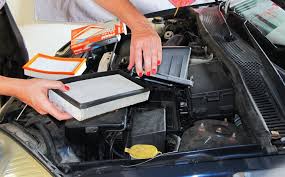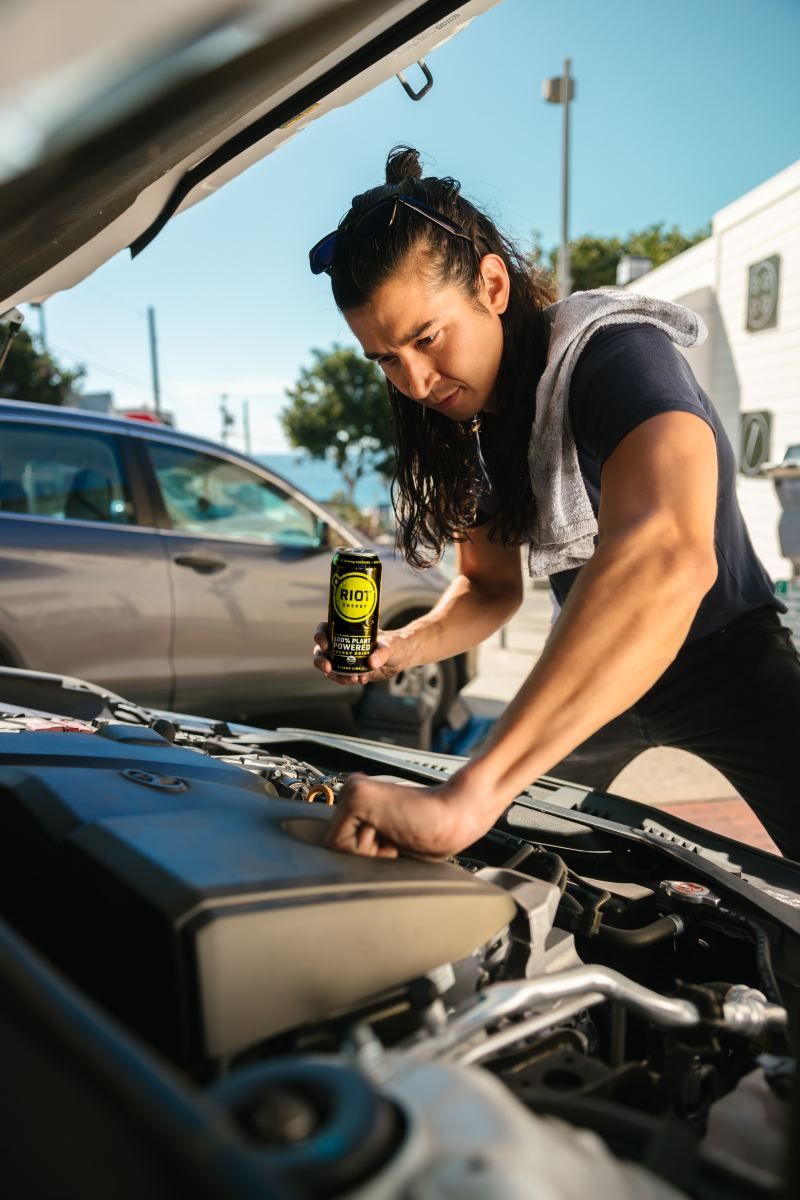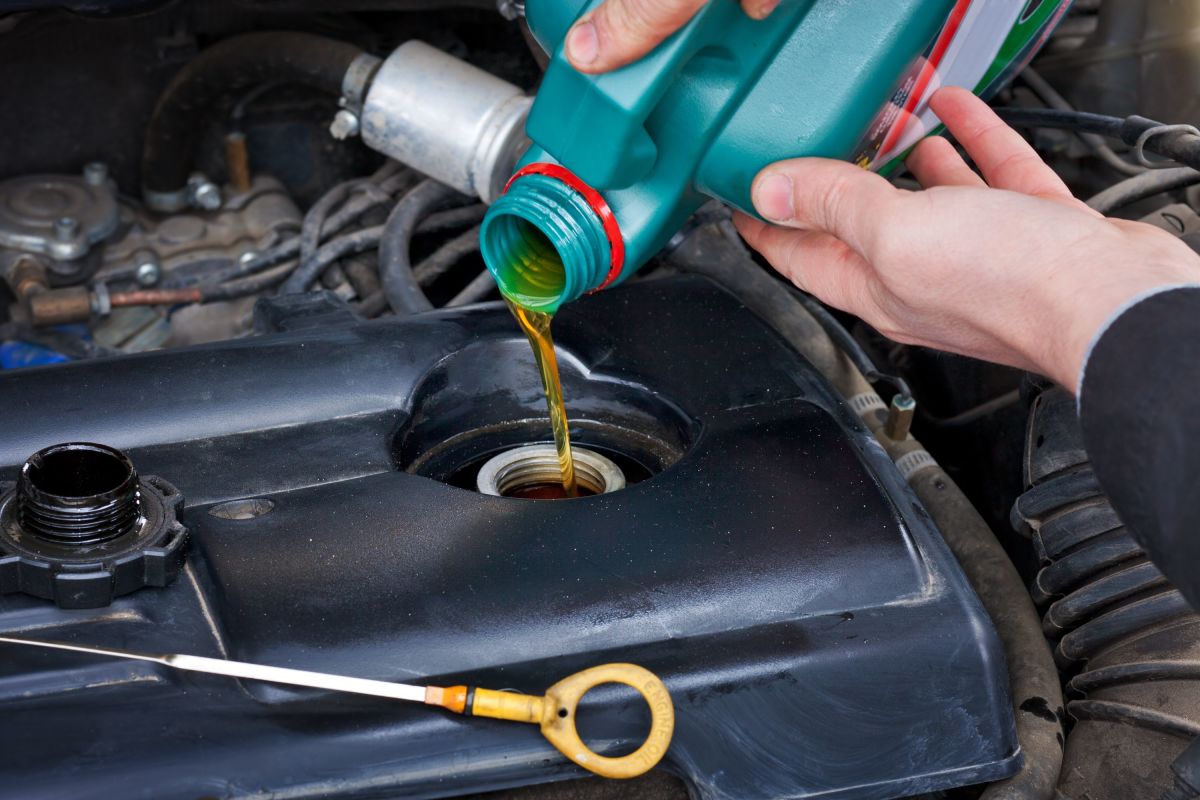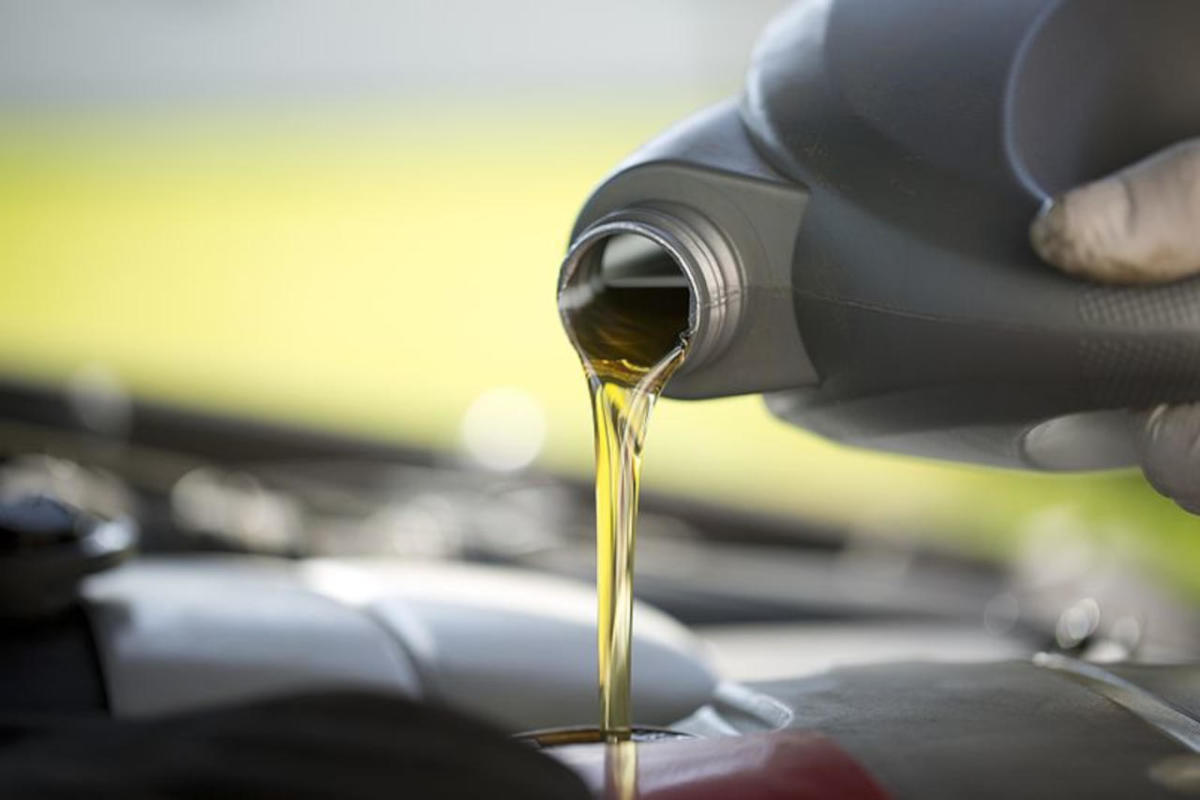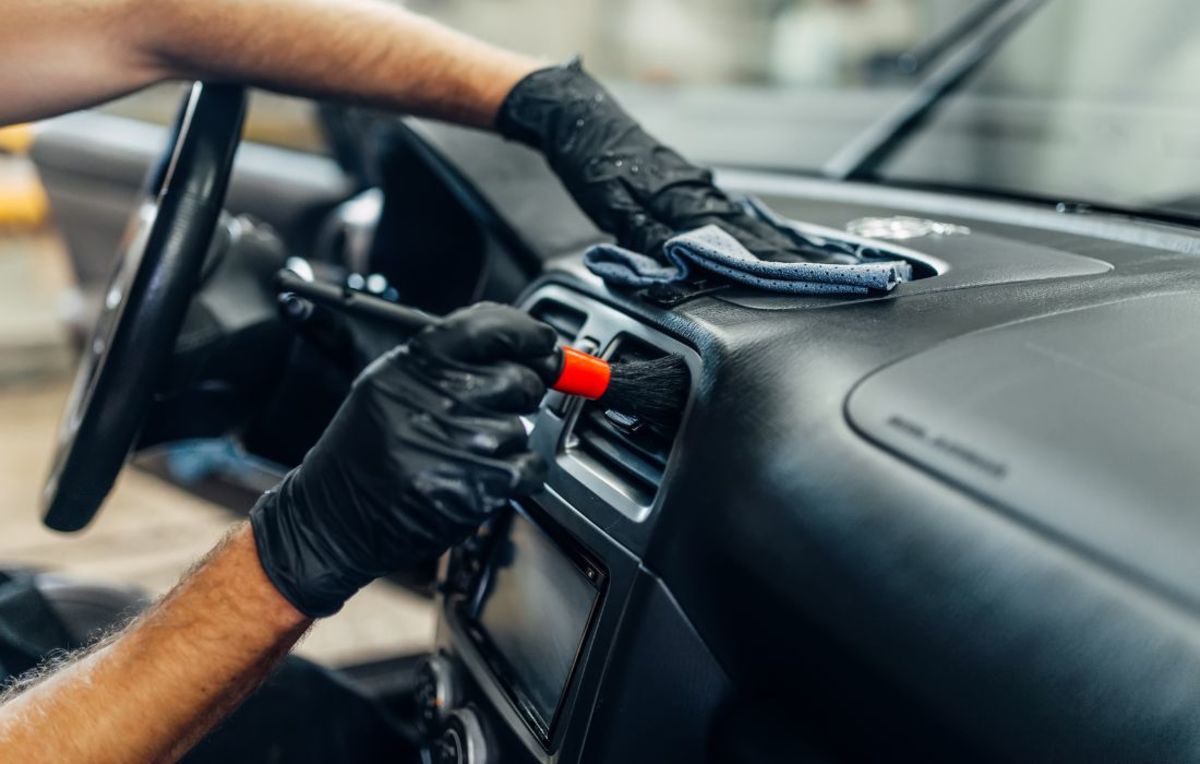DIY Oil Change - Women Doing a Man's Job!
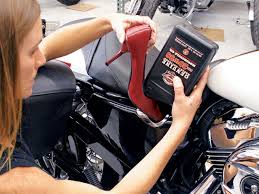

How Do I Know I Need an Oil Change?
Easy! Your car is running sluggish. There may be some knocking or rattling. It may run rough when idling. This is due to the build up and "particles" causing your engine to not sound so hot. Rule of thumb is every 3,000 miles for conventional oil or 5,000 miles for synthetic. Stick to that and you're golden. Your oil filer should also be changed at every oil change. If you're changing the oil definitely change the filter!
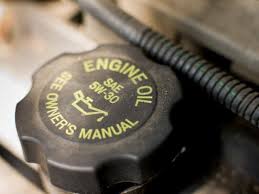
Step 1: Find the right oil and filter.
Some cars are cool with a minimal 5w-20. Other vehicles with larger engines such as trucks require 10w-30.. Some vehicles require Synthetic. If you still have a warranty on your vehicle you are going to want to go with the manufacturer recommendation so you don't "void" your warranty. However, if you love your car there are exceptions to this and you can put a higher quality oil to keep your engine running strong. But keep in mind, once you use a higher quality oil, you are going to have to continue using that same or higher quality oil so you don't destroy your engine. To find out the type of oil your manufacturer recommends just take a look at the engine oil cap. It will tell you the type of oil you should be using according to their recommendations. Remember: The higher the "w" number is, the thicker the oil will stay at higher temperatures.
Types of Oil and the cars that will benefit:
- Conventional Oil - Usually consisting of 5w-20, 5w-30, or 10w,30. This will cover most any light duty vehicle on the road. Again, check your engine cap or owner's manual.
- Full-synthetic Oil: These oils are made for high-tech engines.They are made for longer-lasting performance in all the critical areas, from viscosity index to protection against engine deposits. They are good for both high and low temperatures. This type of oil is GREAT, however it may not be necessary for every vehicle and may just add an unnecessary expense to your car's maintenance budget.
- Synthetic-blend Oil: This oil is basically a mixture of synthetic and your basic conventional oils. They were made to offer better protection during heavier engine loads and the higher engine temperatures that come with it. They are popular and recommended and work great for trucks and SUV's.
- High-mileage Oil: Typically mechanic's will tell you 75,000 miles or more. My personal opinion? 100,000 miles or more. These oils contain the conditioners to expand and increase the flexibility of internal engine seals. The conditioners are very precise and can benefit some engines while not affecting others.
Your Engine Oil
What type of oil do you use?
Save time and Money by ordering from AMAZON!
Step 2: How Much Oil Does MY Car Require?
Your engine may state it is a 3.5L engine, but that number may differ from the actual oil capacity. It may require to put about 4 quarts. It's very important to not put too much or too little oil to keep a strong working engine. Always check your owners manual or look up the actual engine capacity online if you can't find it on any stickers under your hood or on an owners manual.
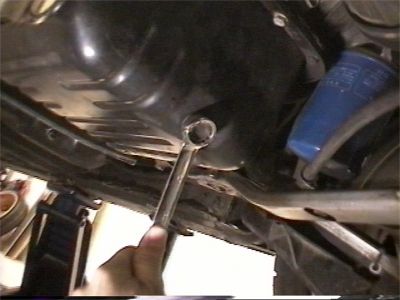
Step 3: Draining Your Old Oil
You will need to jack up you car! Use your jack that comes with your vehicle. If you don't have one you can buy one but make sure it applies to the weight and height of your vehicle. The last thing you want is your car dropping on you while you're underneath it! For extra support always use jack stands to avoid accidents in case of car jack failure!
Before you get under the car unscrew and remove the engine oil cap from the top and pull the engine oil dip stick as to not contaminate the PCV valve. Once you are under the vehicle you should be able to locate the oil pan drain plug. Some vehicles will specify it as "Engine Oil" and others you will know when the "bolt" looks like it's supposed to be able to be removed and drained. Trust me...you will know it when you see it. Don't mistake the engine oil drip pan for the transmission fluid drip pan! Typically it's common sense. Use a wrench to unscrew. You may need a hammer to tap the wrench if you cannot unscrew the plug. Rule of thumb is always "Righty tighty, lefty loosey".
Once the screw is loose you can unscrew it with your fingers. Be sure you have a drip pan prepared to catch the oil! If you have a leak onto the ground just use kitty litter to soak it up. Try not to drop the plug in the oil...it gets pretty messy. It's pretty hard to explain but you will understand when it happens. You will notice a "gasket" on the plug. It's usually recommended to change it each oil change but as long as it doesn't look worn out or rusty you will be fine to put the same gasket back.
Once you've unscrewed the plug your oil will be draining and you can then located the filter for removal while the oil drains.
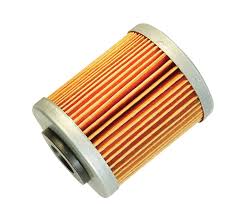
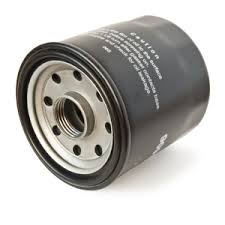
Step 4: Removing and replacing the Oil Filter
This part might be tricky if you have no common knowledge of a vehicle. However, with common sense you should be able to locate the filter quite easily. Most vehicles have their filter on the bottom anywhere near the engine oil drip pan. Just look around for it. Most of the time it is a white cylinder looking contraption anywhere near the drip pan. It should easily be unscrewed by hand but you might need a stronger grip to loosen it.
Same rules apply, "Righty tighty. left loosey." You will have some oil leak from this area as well so be sure your oil catcher can accommodate both the plug and filter or do them separately. Usually you will be able to drain both at the same time whilst catching the oil in the same pan.
Oil filter gasket - This is VERY important! Make sure the original rubber gasket comes off with the filter! If it doesn't check the male part on the vehicle and the rubber round gasket will likely be found stuck to it. If the gasket sticks to the car and not the filter, you will have a big mess once the car is started after you're done.
Replace the filer immediately after removal. You may want to wipe down the area that oil may have leaked onto to avoid the burning smell. This is no big deal. Any leakage will just burn off at high temperature once the car is started and running for a bit. Don't be alarmed if you smell burning oil after start-up. Screw the filter back onto the car in reverse order it was removed. You are going to want to lube up the gasket on the new part to avoid it from getting stuck during next oil change. Just take a bit of oil on your finger and lube up the filter on the end you are screwing into the car. screw until the filter stops then turn about 3/4 of a turn and that should be efficient enough as to not cause leaks. I always make sure it is tight enough to not cause leaks but lose enough for it to be removed by hand for next oil change. The filter does not need to be too tight!! Hand tight is sufficient.
Some filters, depending on the vehicle, maybe located more towards the top. So you have to removed them from the top of the vehicle. this is mostly the "paper" filters for high performance engines. BMW, Dodge Charger, ETC. You may need a special tool to remove these filters. Look up the type of filter online to be sure what you're looking for.
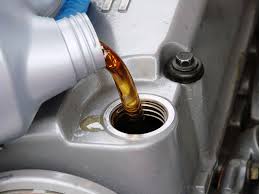
Step 5: Adding engine oil
Before you add oil, it's common sense that you have to screw the drain plug back in. Make sure it is tight enough to avoid leaking. I usually tap the wrech again with a hammer to make sure it is tight enough. Sometimes our lady hand grip isn't enough to avoid engine oil leaks from the drain plug.
Once you think everything is tight and filter is replaced go ahead and start adding the oil. Don't forget the exact oil capacity of your engine. This is kind of important. Honestly, a little over or a little under shouldn't hurt but don't be a whole quart under or over.
Step 6: Ladies, Start Your Engines!
Once you've added the oil put the engine oil cap back on and put the dip stick back in. Start the car and leak check your work. If you don't see any oil leaking you should be O.K. Turn the car off and check the oil via the dip stick and make sure there's enough oil or not too much. The dip stick is more reliable than your oil light or oil percentage on your dash! This is how it has been since the car was put on the road! You will have lines or dots on your dip stick that show how low or high your oil is. Your oil, after the refill, should be at the "Max" line. If this is good to go, your oil change is complete!
Side Notes...
Keep in mind. After your oil change you want to keep an eye on the smell and make sure no leaking. If the smell continues for more than a couple days you may want to double check your work. Otherwise, the smell is likely from burning oil you may have gotten on the engine compartment. If your engine is still running rough, consider a full service tune up.
If you've upgraded oil be sure to use the same oil you used today from this point on. It's ok to upgrade, but no ok to downgrade. Also, consider an engine flush if you change oils. This is not necessary, but beneficial.
During the process of your oil change check out all of your other filters such as an air filter. You can find this by locating the large thick hose going from the engine to a smaller "box" or paper filter looking component dependent on your vehicle. More than likely you will find it in a box. If it looks dirty and used it's probably time to replace. The Engine Air Filter will keep your engine from consuming foreign objects and dirt. I've found everything from a bit of dirt to cigarette butts in the Air Filter compartment.. Clean it out by removing the debris from the box and replacing the filter. This will ensure full performance and health of your vehicle. Some vehicles can withhold every other oil change, other may require every oil change. You will know once you pull it out.
